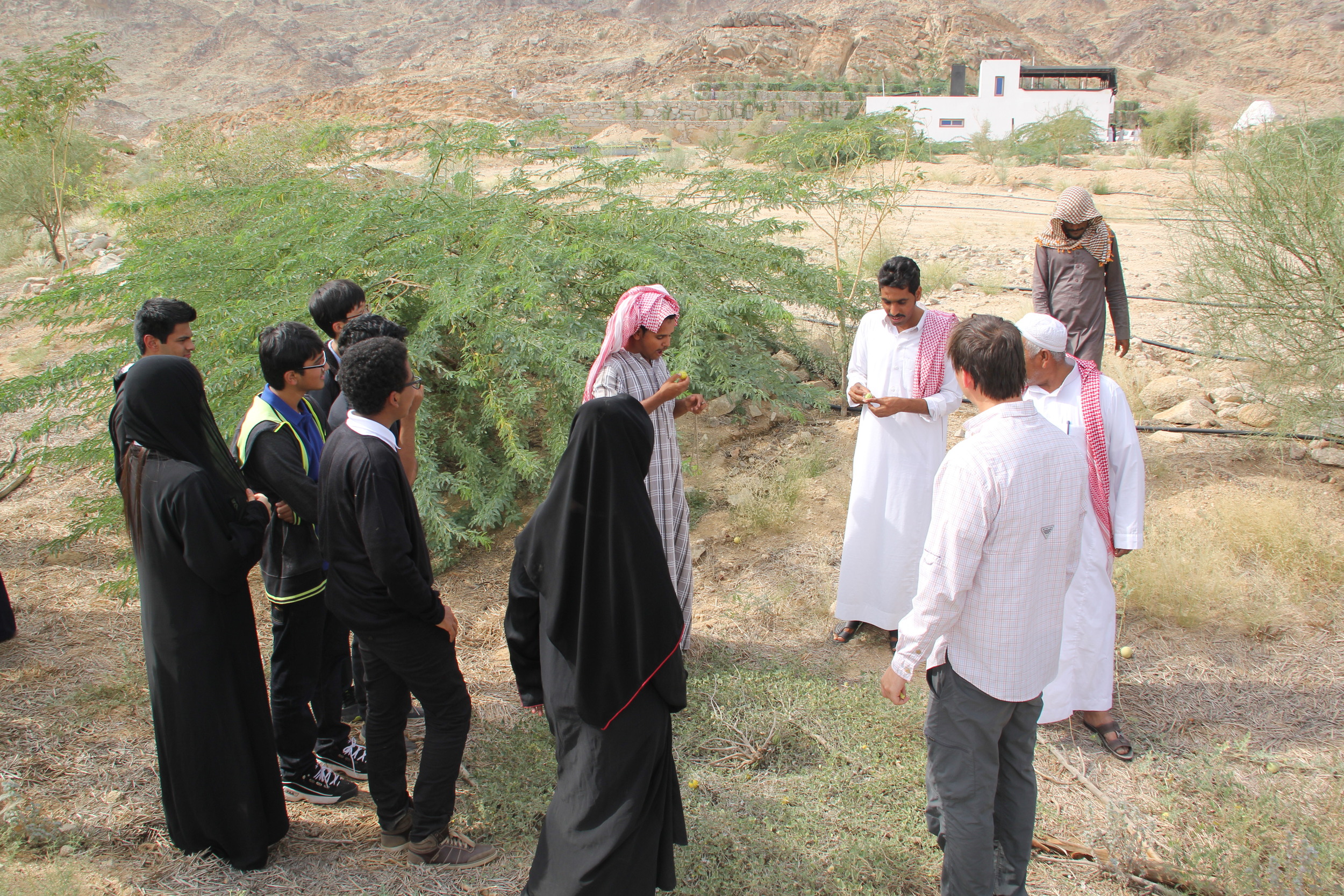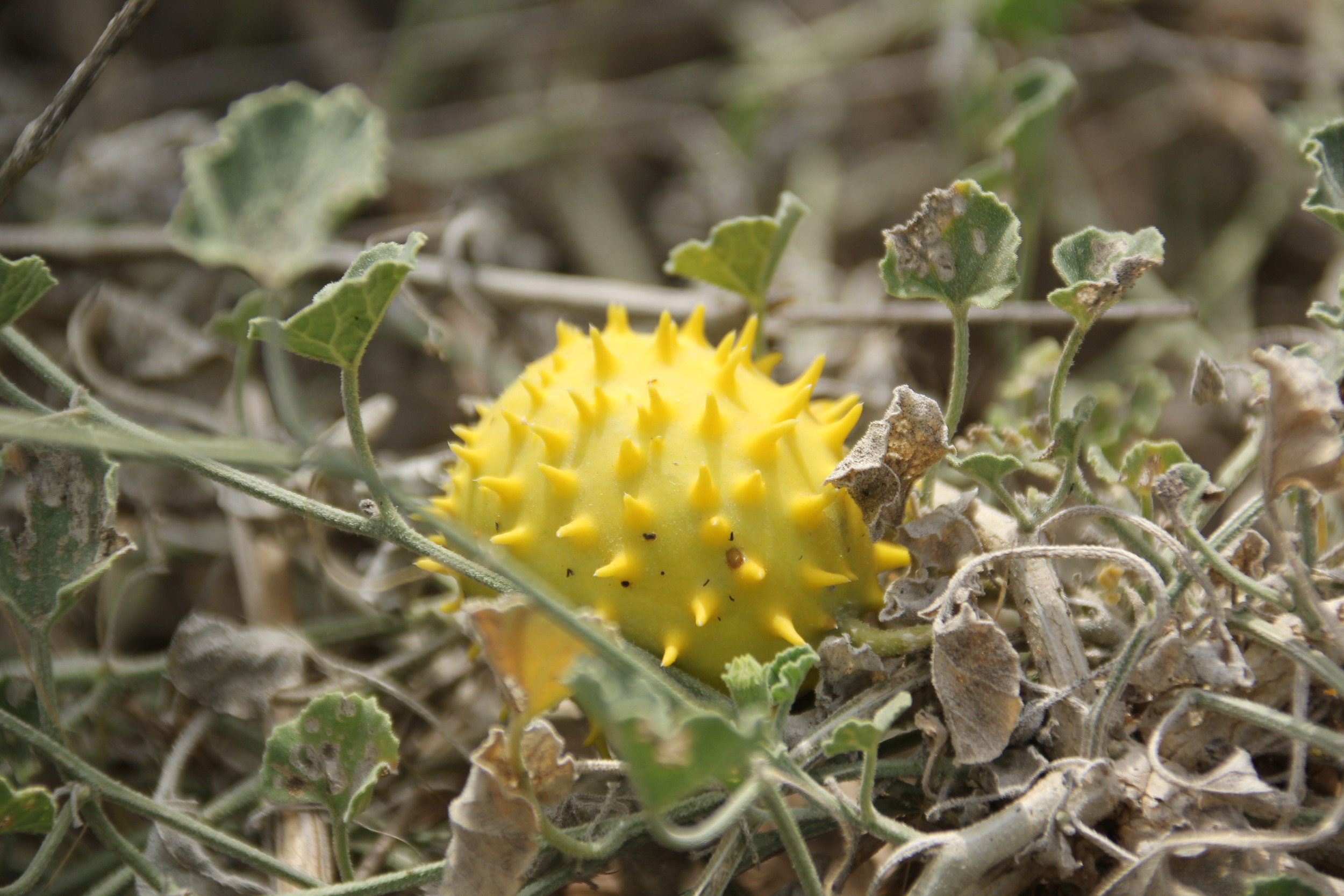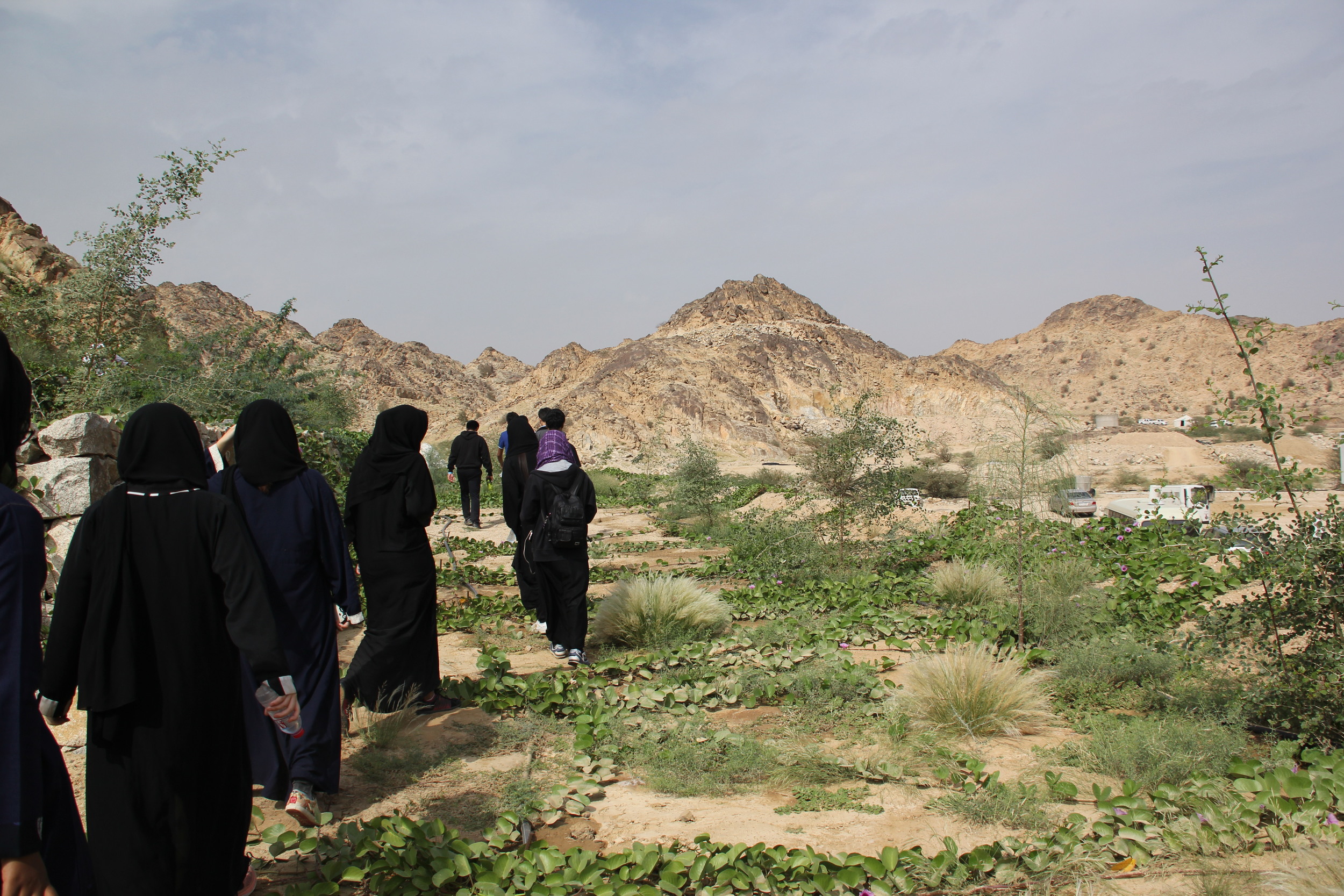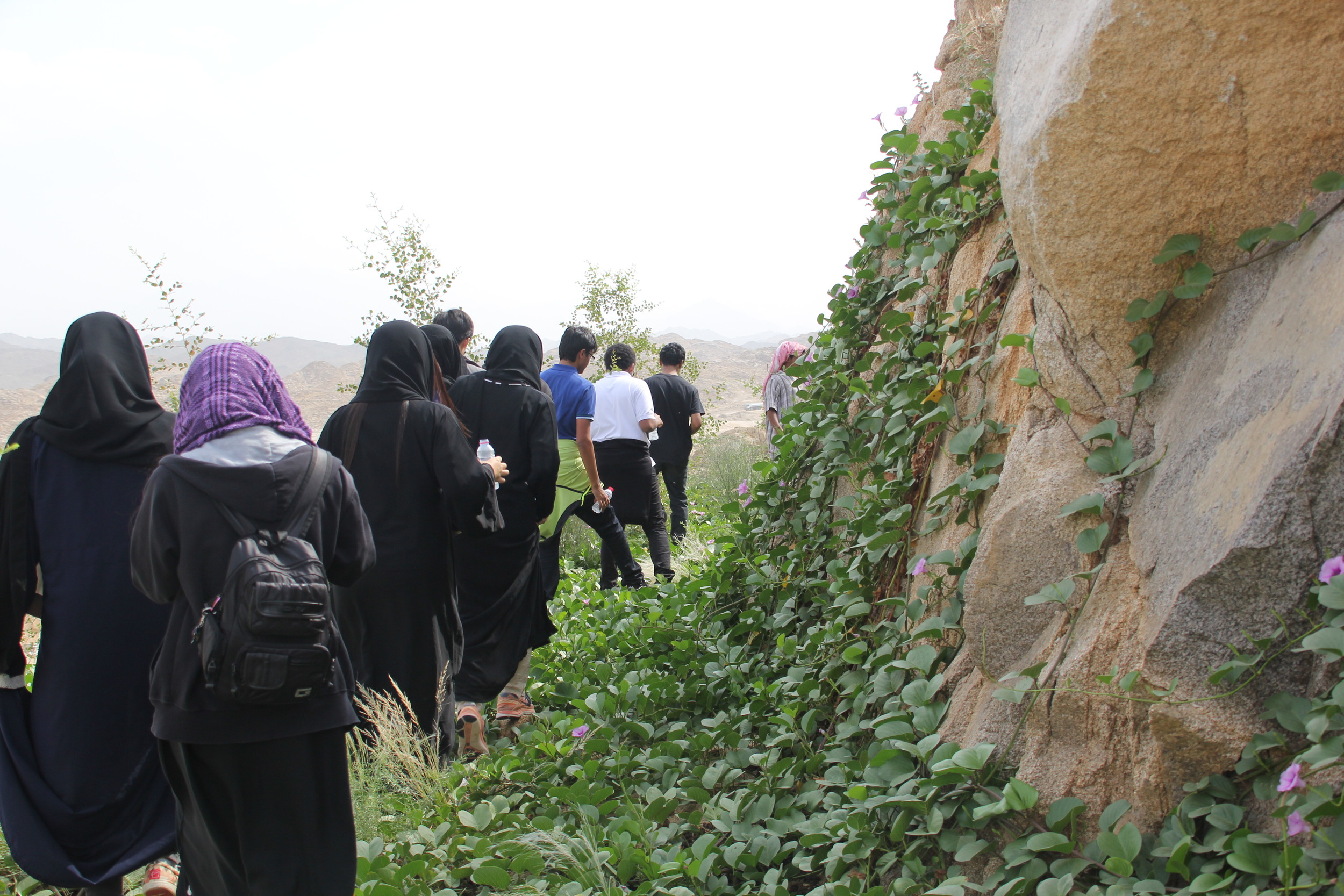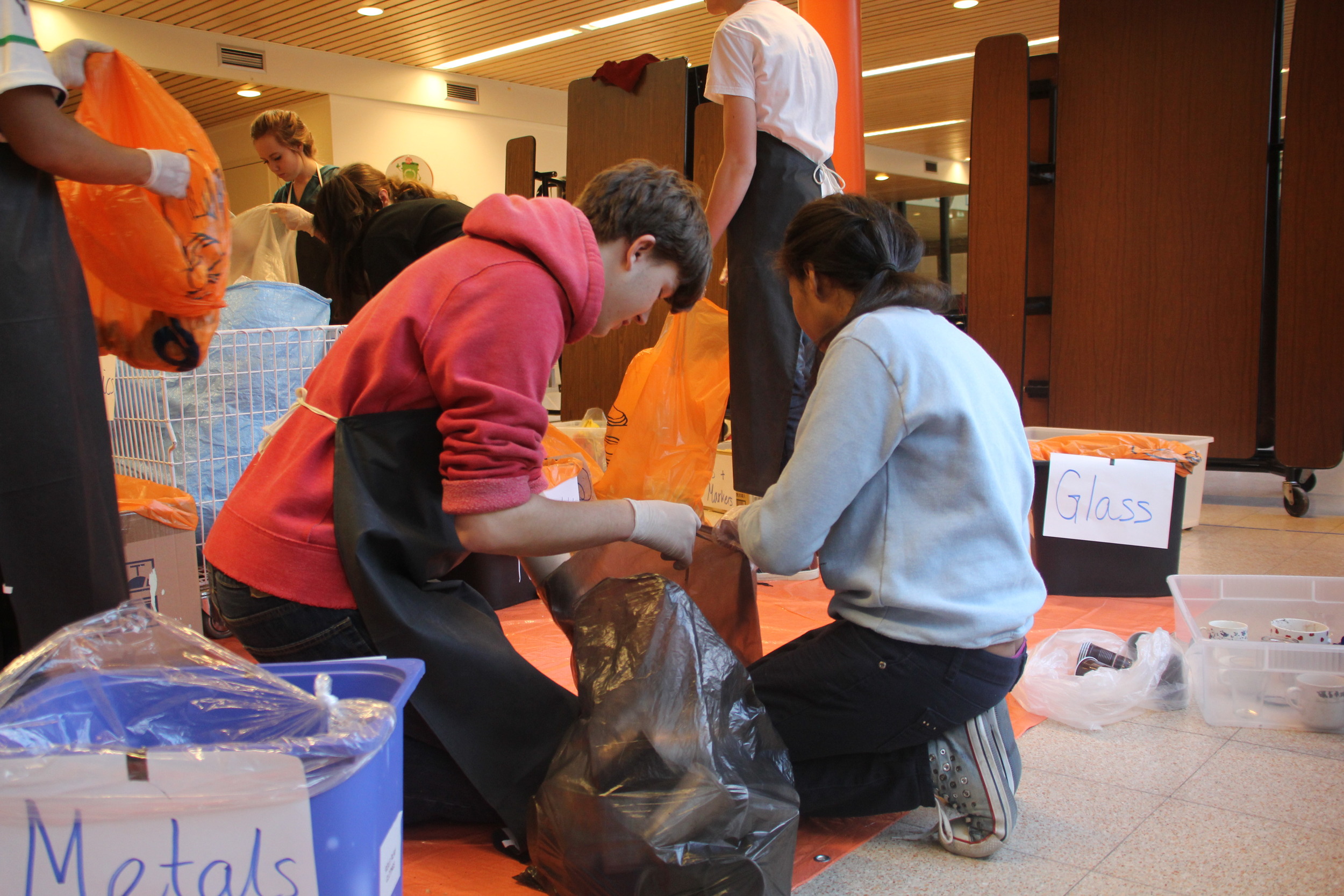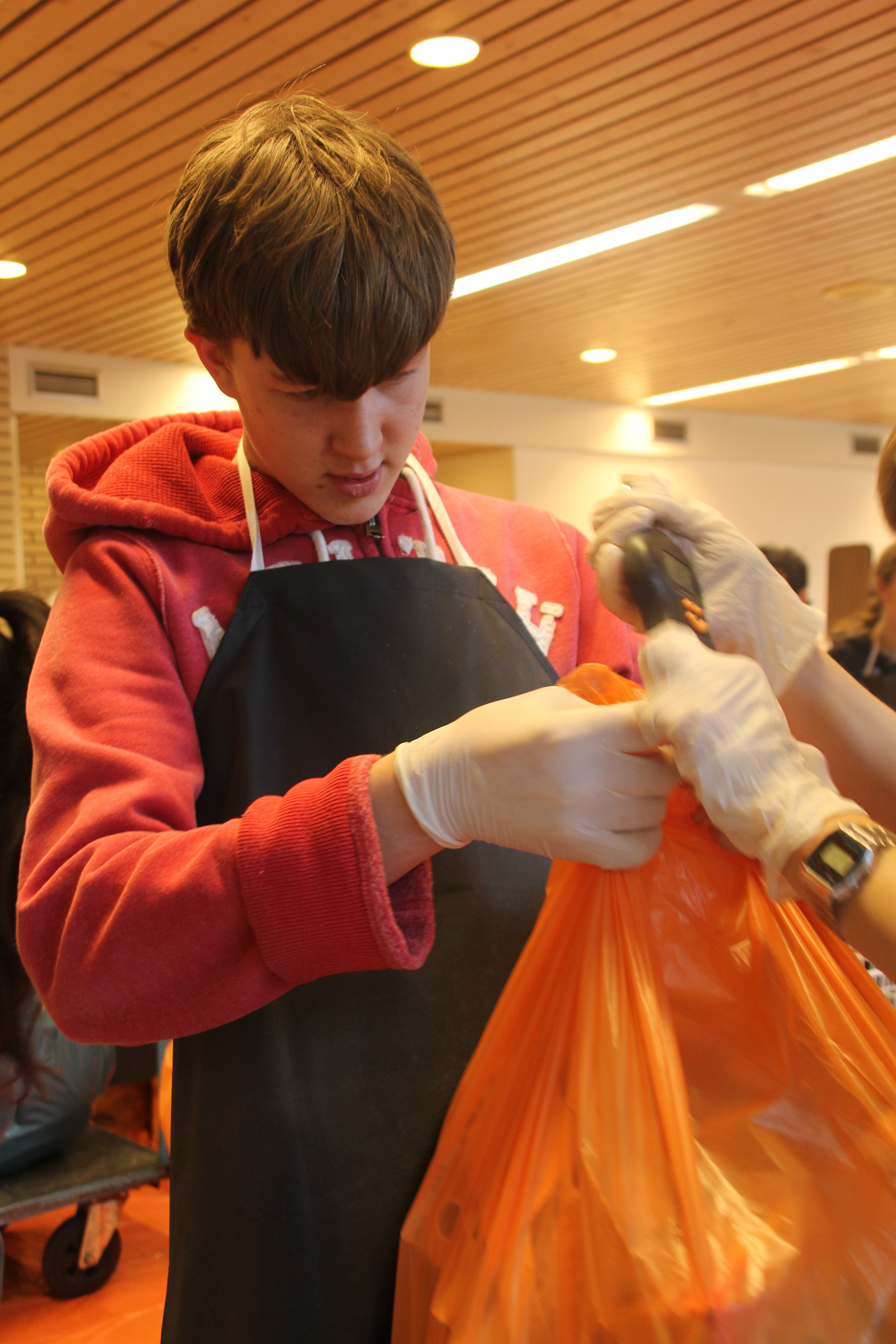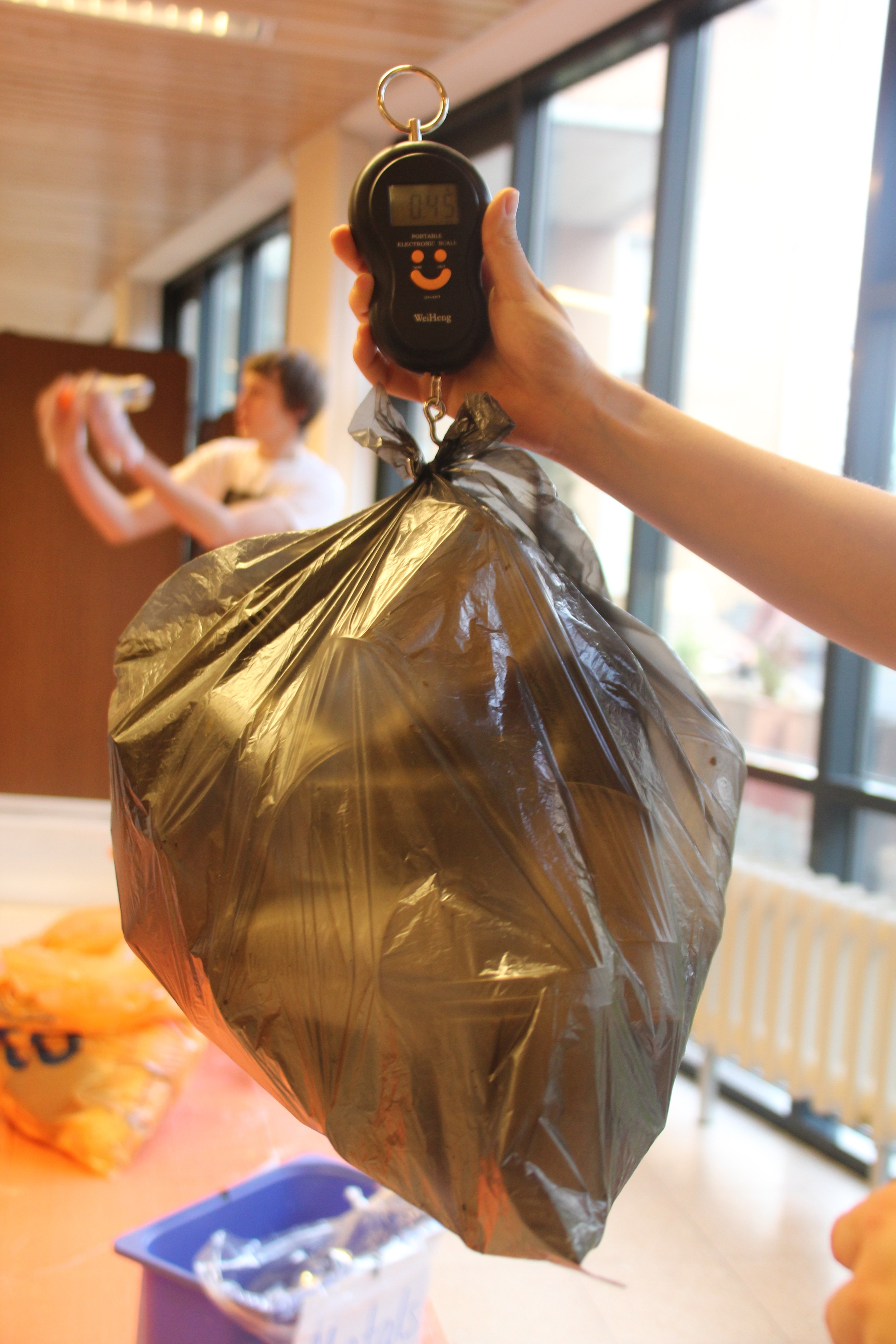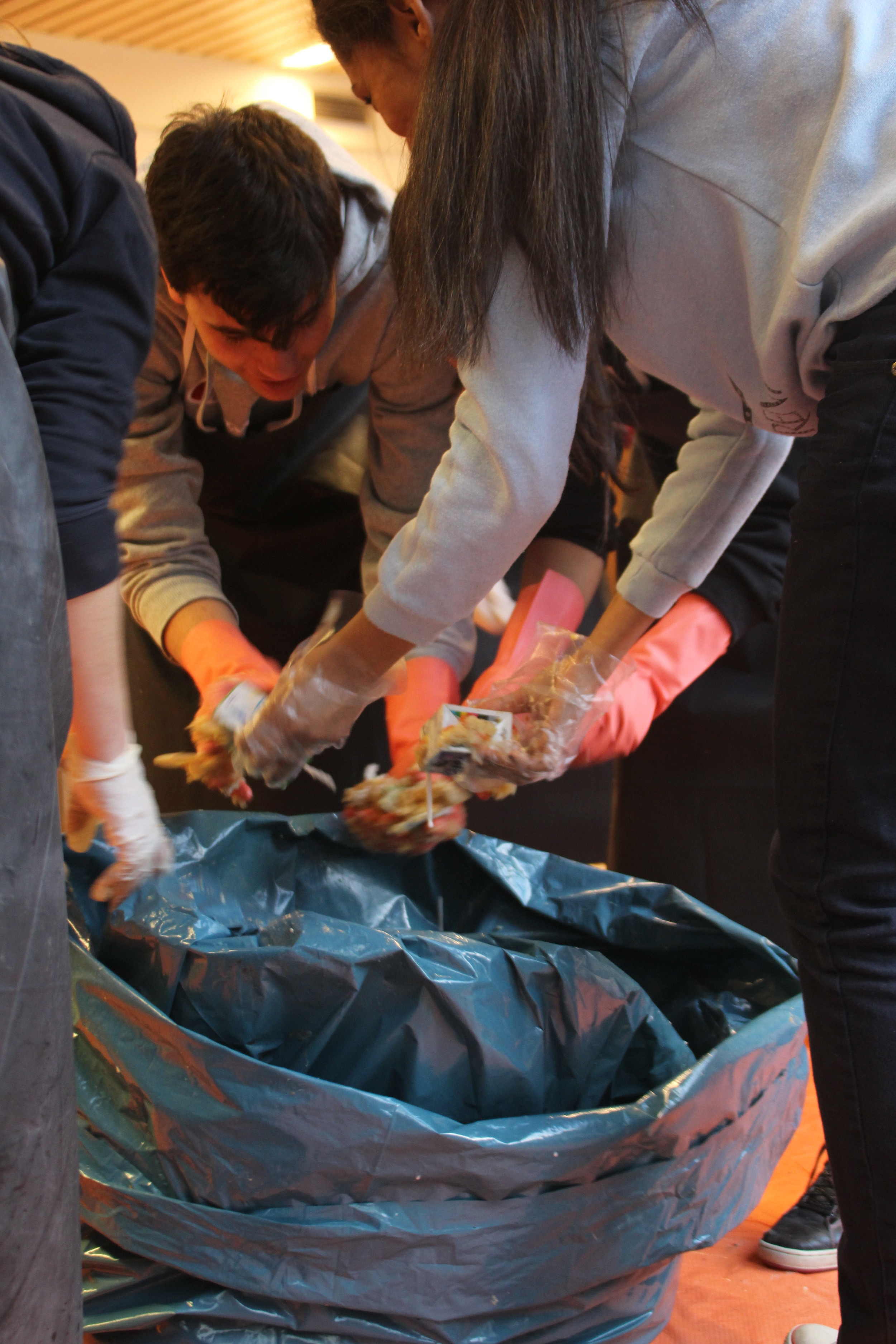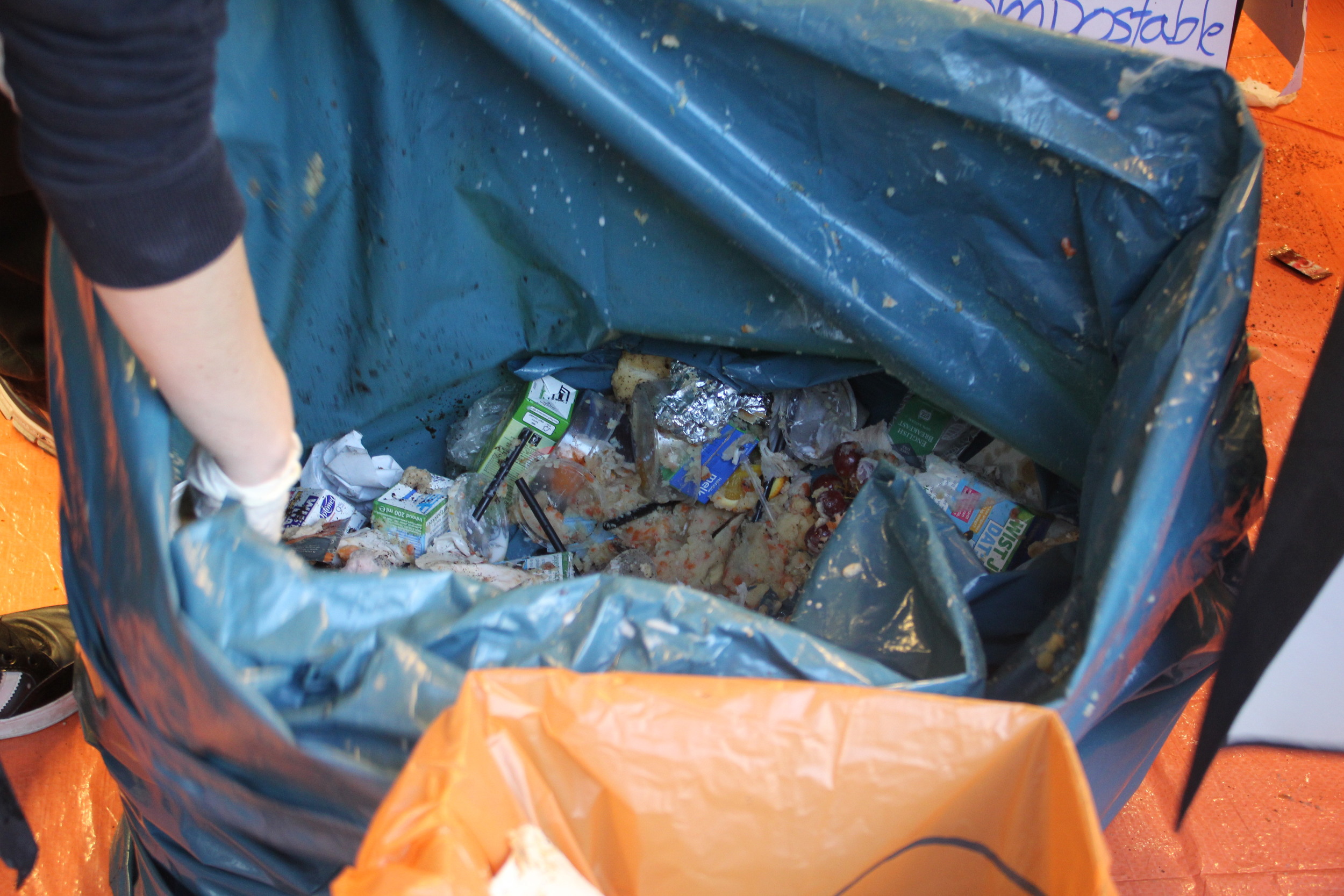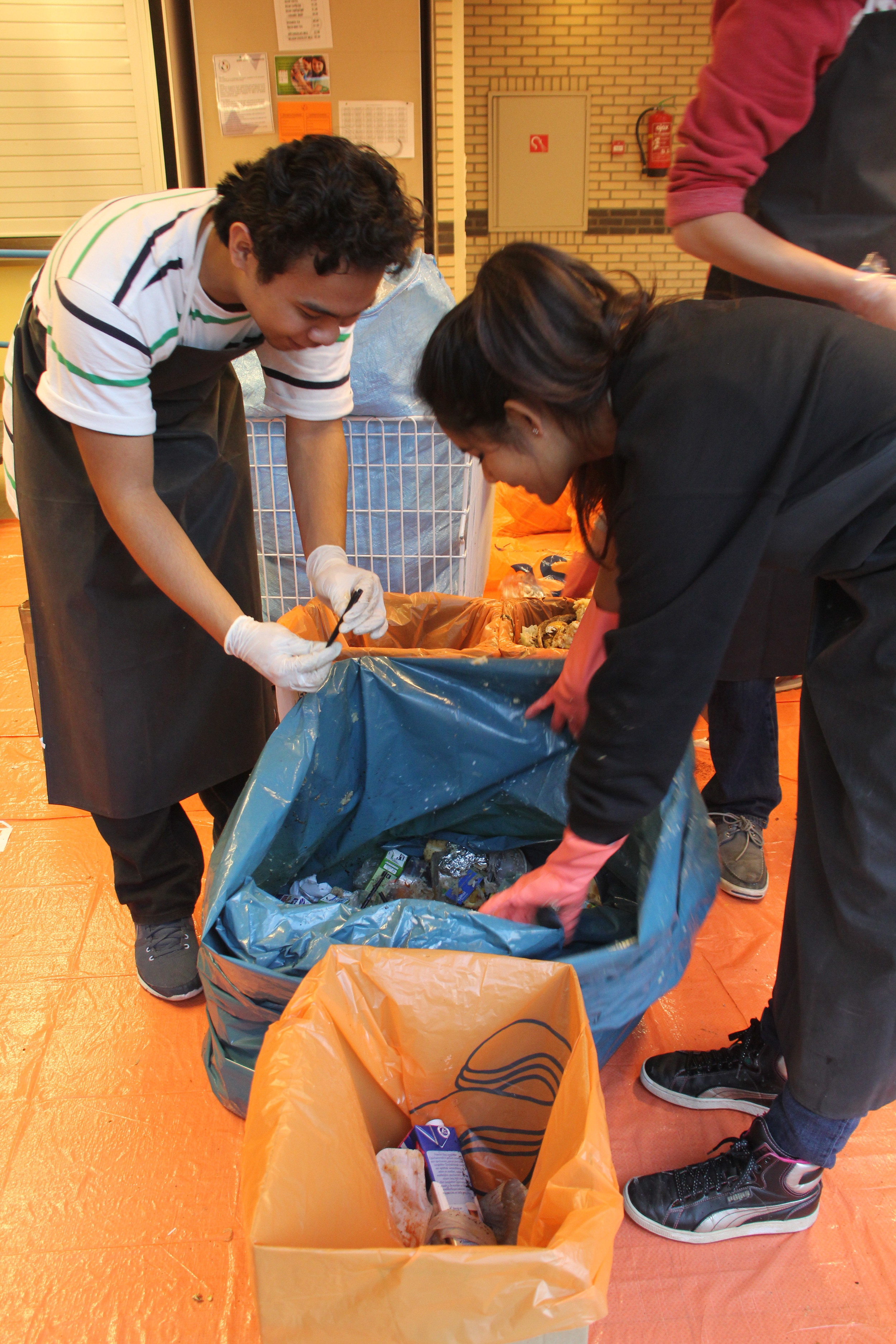Al Baydha: A prototype for settling the nomadic people of Saudi Arabia by providing ecological and economical stability through greening of their desert. Ultimately the Bedu people of this region will live off the land they are developing.
About 20 of us clamor onto the bus and shortly teenage rock music fills our space and the desert landscape scattered with camels expands out before us. Two and a half hours later and hundreds of kilometers of sand behind us we finally turn onto a narrow dirt leading to our destination, a lone building surrounded by a burgeoning farm scape. The women in the group all don their abaya and hijab. Several girls chose not to join us due to the clothing requirement so kudos to those who are with us today.
We are the first school group to visit Al Baydha. Our host, Neal Spackman, guides us upstairs to an open-air room of the isolated structure on the property. We seat ourselves comfortably and receive an introduction to this project site.
We study the greening desert immediately surrounding us and note the harsh and barren geography beyond the boundaries of Al Baydha. The pigeon house, the terrace garden, the dams, and the swales are visible from our viewpoint. We eagerly head out to walk around the site and see the different aspects of the project close up. The students are part of the Green Hope group at school and have visions of making a difference in the world through their environmentally conscious efforts. They are here today to learn about a farming project that actually is building the local water reservoir.
A walk through the swale shows us an area blooming with flowering plants and alive with trees and shrubs. Just outside the swale lies rocks and sand, undisturbed by life. The students are stunned that a simple change in geography (basically building a ditch) can make such a difference. This swale traps water and allows it to absorb into the ground, adding water to the reserves below the surface. The stored water sustains the plant life that provides oils for the local people to sell and animal forage, ground cover, etc. to the developing ecosystem.
The bat cave has been sealed up, waiting for more bats to arrive and for guano to accumulate.
The bat cave is next on the tour. The Bedu workers are proud of this structure and pose for us. One week after the construction of this cave, bats were already sighted within and thousands are expected to eventually reside here. The bats will serve to eat mosquitos and flies and will provide their nitrogen rich guano for fertilization.
The Green Hope Group with Neal Spackman and his workers. On top of the bat cave.
When questioned whether they want to see the dams, the students do not hesitate to accept the offer. Off we march up the hills to observe the dam structure. Again, it is clear that the Bedu workers are proud of the results of their hard labor and eagerly lead the way up the hillside.
Our tour takes us past the pigeon house where pigeons exist without any feeding or maintenance. We climb up onto the garden terraces and step across lush greenery, a rare and amazing experience here in the harsh climate of Saudi Arabia. Here we end our tour with one last view of the project from the terraces.
Back on the bus, the women hastily shed their outerwear and position themselves under the relief of the air conditioning. A student exclaims, “It’s hard to believe that such a place exists here in Saudi Arabia.” The other students nod and utter agreement.
A peace settles in among us. Climate change can be battled and water can be conserved. Awareness, in already broad-minded students, has been increased. A vision of possibilities has been provided. What a gift to have found this little pocket of hope in Saudi Arabia!
Would you like to know more?
Here is the Al Baydha web page (http://www.albaydha.org/)
And find Neal Spackman’s blog here (http://www.twovisionspermaculture.com/). His blog describes his 5-year journey with the Al Baydha project.




